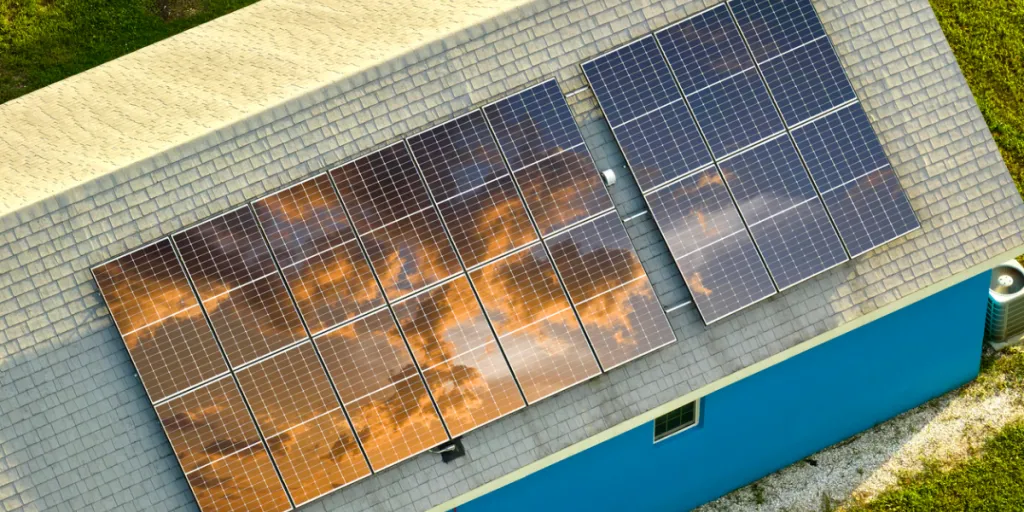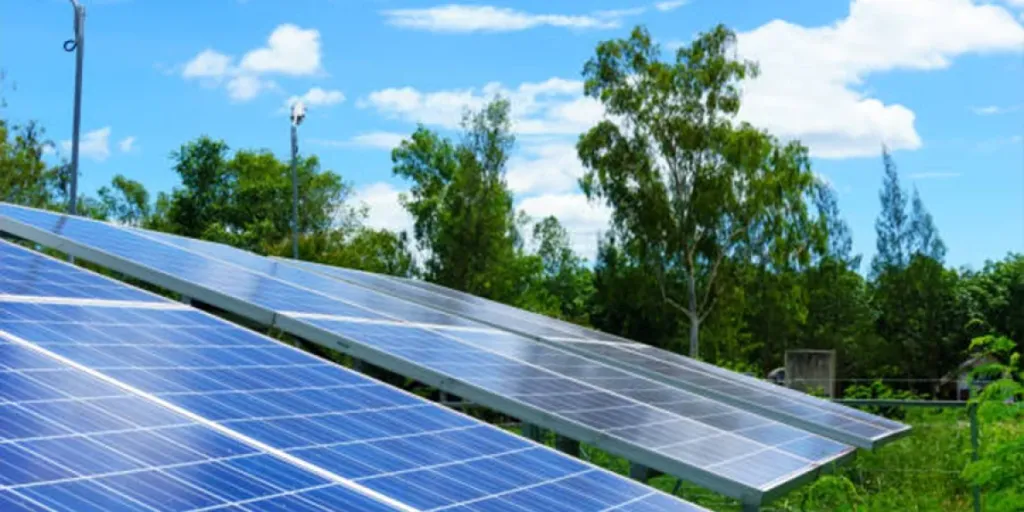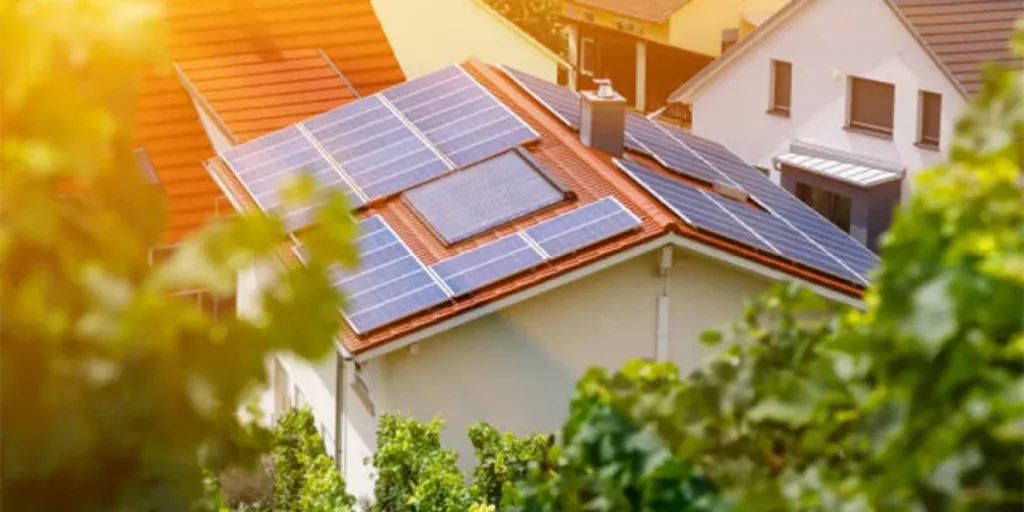- Berkeley Lab says the US had at least 947 GW utility-scale solar power plant capacity in interconnection queue as of the end of 2022
- The market grew by 10.4 GW AC capacity in 2022, taking the cumulative to 61.7 GW across 46 states
- 2023 is likely to be the strongest year on record with 24 GW new utility-scale capacity expected to come online
At the end of 2022, the US had a minimum of 947 GW of utility-scale solar power plant capacity in interconnection queues of which 48% or 457 GW was paired with a battery.
According to the Lawrence Berkeley National Laboratory’s (Berkeley Lab) Utility-Scale Solar, 2023 Edition, the country could be looking at exceeding 24 GW of new additions in this segment in 2023, after having installed 8.6 GW within 8M/2023. It is already 30% higher annually. Analysts believe 2023 is likely to be the strongest year on record for utility-scale solar for the US.
In comparison, in 2022 the country installed 10.4 GW AC new utility-scale capacity, down from 12.5 GW AC built in 2021, taking the cumulative installed capacity for this segment to 61.7 GW AC across 46 states. Of the 2022 commissioned capacity, there were 35 solar PV and battery hybrid plants representing 3.6 GW AC PV and 1.8 GW/5.4 GWh battery storage.
According to some key highlights of the report, single-axis tracking made up 94% of all new utility-scale PV capacity added in 2022. Remaining constituted fixed tilt installations.
Median installed costs declined to $1.32/W AC, having fallen by 78% YoY despite inflationary pressures.
Utility-scale PV’s levelized cost of electricity (LCOE) dropped slightly to $39/MWh on an average in 2022. Driven by lower capital costs and improving capacity factors among others, its LCOE has now fallen by about 84% since 2010.
According to the report writers, power purchase agreement (PPA) prices have also followed the decline in solar LCOE over time, but these have stagnated since 2019, and even increased slightly.
On the other hand, rising wholesale prices of electricity in 2022 boosted solar’s national average market value by 40% to $71/MWh, thus outpacing the more-modest rise in PPA prices and boosting the technology’s competitiveness.
Analysts stress that the policy developments under the Inflation Reduction Act (IRA), while having created a lot of positive buzz, are yet to impact the utility-scale solar segment in 2023.
They explain, “First, the IRA was passed relatively late in the year, with Treasury guidance on implementation coming even later, and the market naturally takes time to react. In addition, several incentives only came into effect starting in 2023, while this report focuses primarily on projects built in 2022. Meanwhile, interconnection queues from some of the bigger regions had either already closed their open application season by the time the IRA passed, or else did not accept or discouraged new interconnection requests in 2022.”
Source from Taiyang News
The information set forth above is provided by Taiyang News independently of Alibaba.com. Alibaba.com makes no representation and warranties as to the quality and reliability of the seller and products.




